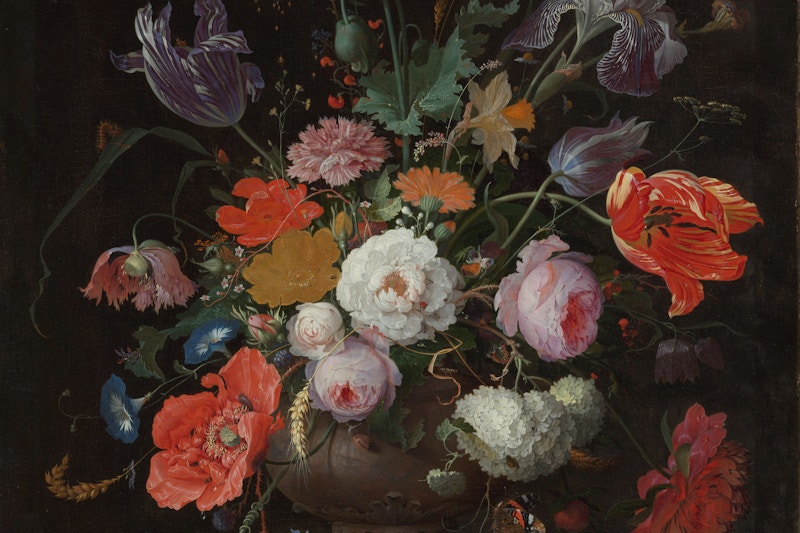
More Than Meets the Eye: Discover the Rare and Unknown in 17th Century Dutch Art with Koetser Gallery
Known and loved by many, what can still be discovered in the art of the 17th-century Dutch masters?
- By TEFAF Editors
- Meet the Experts
Dutch art of the 17th century has left an enduring mark on the history of art. An era of economic growth and the separation from Habsburg Spain and the Catholic church gave rise to a new merchant collecting class and sparked a creative outpouring in the newly established Dutch Republic, bringing forth artists such as Rembrandt van Rijn, Johannes Vermeer, and Frans Hals—artists who revolutionized the portrayal of the world around them through a new visual language.

Detail of Lumen Portengen, The Concert, c. 1630s. Oil on canvas. 138 x 178 cm (54.3 x 70.1 in.) Exhibited by Koetser Gallery at TEFAF Maastricht. Photo: Loraine Bodewes.
However, while known, loved, and appreciated by many to this day, the art of this period still offers the opportunity for the rare and unknown to be discovered. Annemarie van der Hoeven of the Zürich-based Koetser Gallery, specializing in Old Master paintings, delves into the cultural climate of this time and explores several artists and artworks from their gallery. From the enigma that is Adriaen Coorte (circa 1665–1707/10), who fell into obscurity during the 18th and 19th century and whose life remains a mystery, and the little-known Utrecht Caravaggist Lumen Portengen (1608/1609–1649), presenting a new artist discovery for the gallery, to a new addition to the established œuvre of an influential artist such as Jan van Goyen (1596–1656), Van der Hoeven explores the rare and unknown in the work of 17th-century Dutch masters in the latest video from TEFAF’s Meet the Experts series.


